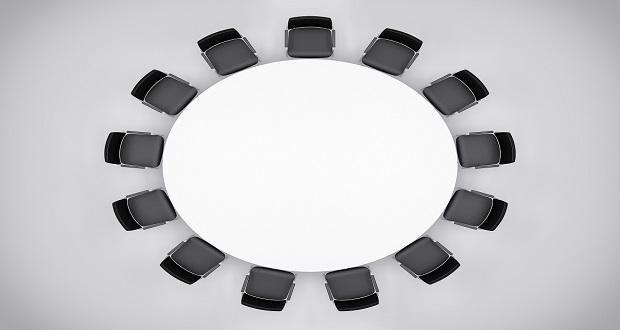
I had the opportunity to attend the Diversity and Inclusion in Asia Conference last week in Hong Kong. I promised to provide some reflections from my experience.
Hong Kong is a bustling, vibrant cosmopolitan community of 7 million, chock full of visible symbols of success—8000 skyscrapers (its closest rival is New York with 4000)—a barrage of high end designer retailers everywhere (even the tour guide admitted that Hong Kong residents like to show off their success by flaunting designer apparel) and a key hub for international business. Hong Kong is an obvious melding of Eastern and Western Cultures. For example, at McDonald’s you can order an egg McMuffin or traditional Chinese breakfast soup. (Of course the British influence is still very large. Hong Kong was under British rule until it was turned back over to China in 1997.)
Beyond food, I witnessed somewhat of a “tug-of-war” as it relates to maintaining traditional Chinese values in favor of what might be considered more Western ways. From the perspective of how business is conducted, not surprisingly, for the most part, the West wins. However, there are some distinct ways in which culture clashes are manifesting.
Working Wives Versus Mother-in-Laws
During the Diversity and Inclusion in Asia Conference, I attended a session where a panel of successful business women discussed how to succeed in a man’s world. They talked about how the traditional role of women in Asian society is often a struggle for women who have goals of advancing their careers. Collectivist, extended family ways often dictate that the woman be solely responsible for household duties and child care. The more Western trend, towards advocating for shared responsibilities between spouses, is slower to catch on. One of the panel members, more in a joking way, lamented that even if her husband agreed to take on some of the family responsibility, the wrath of the mother-in-law would dissuade him. I heard this same issue two years ago when I was in Shanghai for a Working Mother Media event. Women who work for large multinational companies in China feel the pressure to put in long hours at work and to also hold up their culturally infused family obligations.
“Tight” Versus “Loose” Cultures
One of the keynote speakers at the Diversity and Inclusion in Asia conference, Roy Chua, Associate Professor of Organizational Behavior and Human Resources at Lee Kong Chian School of Business at the Singapore Management University, offered another perspective on the East vs. West cultural differences. In his session called, “Can Asians be Creative?”, Chua highlighted the traditional cultural orientation of Asians that favors harmony and consensus over divergent thinking as a possible impediment to creativity and innovation.
Chua advanced the notion based on his research and research conducted by Professor Michelle Gelfand at the University of Maryland on culturally tight vs. culturally loose cultures. A tight culture is one where there are a lot of strong rules and norms including punishment for any deviation. A loose culture, on the other hand is one that is more flexible and accepting of different ways of thinking. With the exception of Hong Kong, Chua characterized the rest of Asia as a tight culture. Examples of loose cultures include Ukraine, Israel, Brazil and the United States. He postulated that tight cultures are more adapters than innovators and cited Japan as an example. He said the Japanese have proven to be excellent at refining existing technologies but not really innovating new ones.
Chua did not completely condemn tight cultures as being bad for innovation. The strength of tight cultures is that they are orderly, stable and efficient and innovation, he contended, is optimized when there is a balance.


















